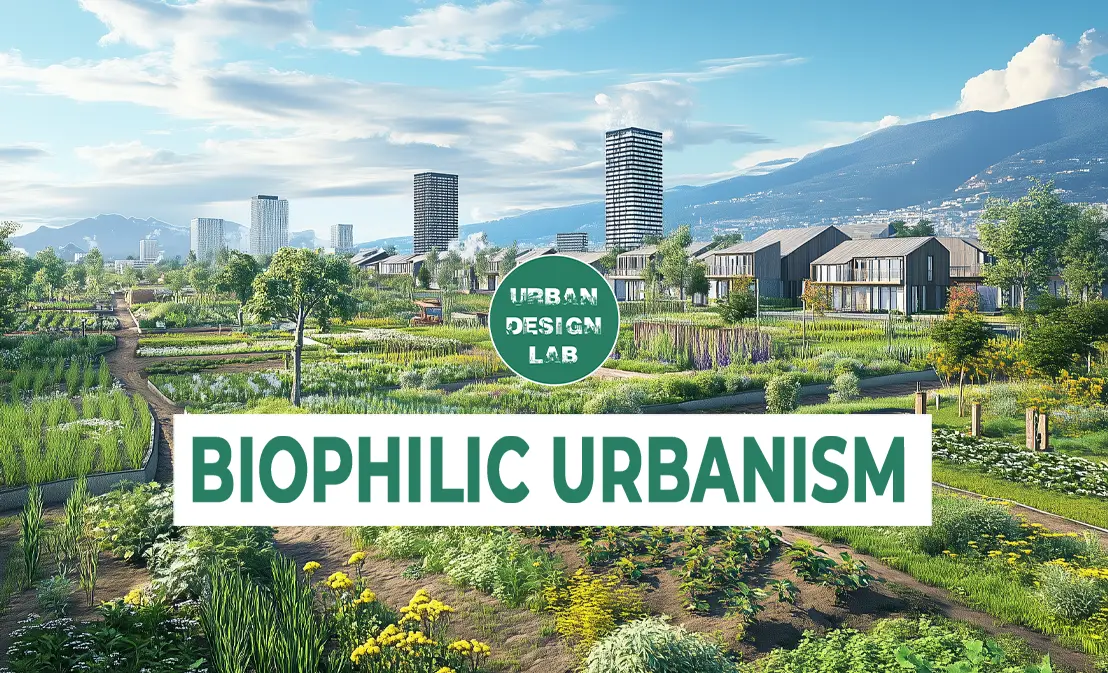Integrating Nature at Different Scales
Biophilic urbanism manifests across multiple scales—from individual buildings to entire regions. At the micro level, biophilic design principles are employed in architecture to create spaces that incorporate direct or symbolic natural elements. Examples include the use of green walls, natural materials, biomorphic forms, and abundant natural light—all of which evoke a sense of connection to the natural world.
Such approaches have proven to yield considerable psychological and physiological benefits, ranging from reduced stress to enhanced productivity and creativity. A 2019 study by the University of Exeter found that employees working in environments with natural elements reported a 15% increase in well-being and a 6% increase in productivity.
Health and Well-Being Benefits
Biophilic urbanism contributes to the resilience of urban communities. By buffering cities against environmental stressors, such as air pollution, urban heat islands, and noise, biophilic interventions help mitigate some of the most pressing public health challenges faced by densely populated urban areas.
The inclusion of urban greenery—such as green roofs, vertical gardens, and permeable green surfaces—serves not only to beautify the cityscape but also to provide critical ecosystem services that enhance air and water quality. For example, a study by the Environmental Protection Agency (EPA) found that urban trees in the United States remove approximately 711,000 metric tons of air pollution annually, valued at $3.8 billion in public health benefits.
Key Features
- Direct Experience of Nature
- Thermal and Airflow Variability
- Natural Patterns and Processes
- Evolved Human-Nature Relationships
- Dynamic Lighting and Shading
- Increased Property Values
Gallery
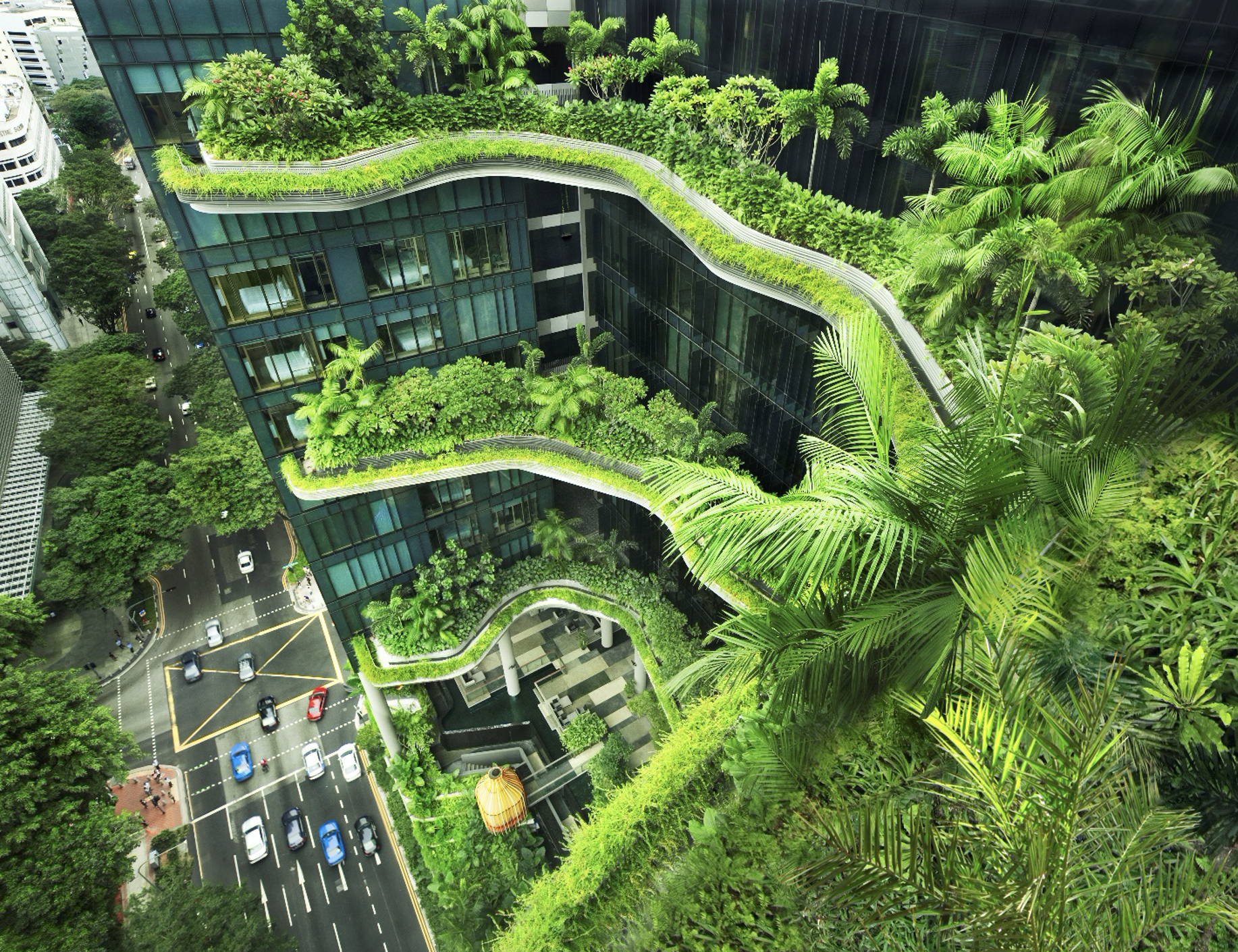
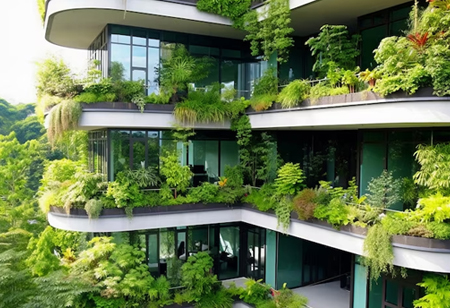

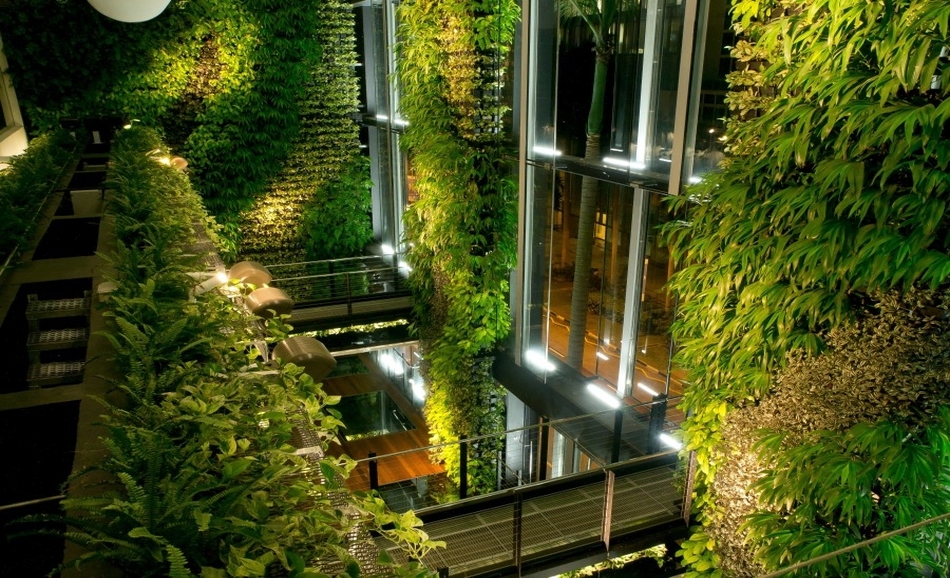

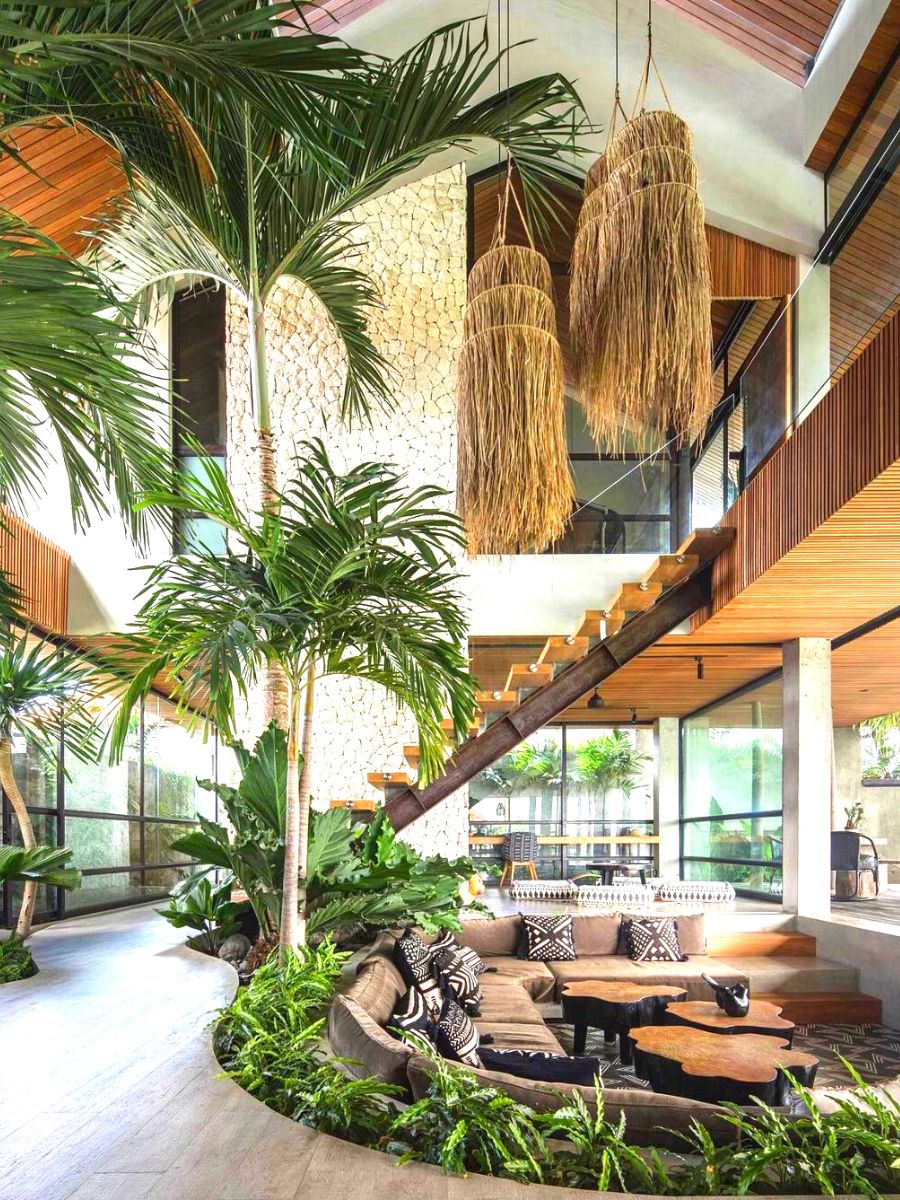
Why Biophilic Urbanism?
In the evolving discourse of urban planning and architecture, one concept is gradually reshaping our understanding of sustainable urban living—biophilic urbanism. But what is biophilic urbanism? Biophilic urbanism is an approach to city planning that integrates natural elements into urban areas, creating environments where humans can reconnect with nature. As cities worldwide grapple with the environmental, social, and economic challenges associated with rapid urbanization, the integration of nature within the urban fabric offers an essential pathway to healthier, more resilient urban environments.
Inquire Now
